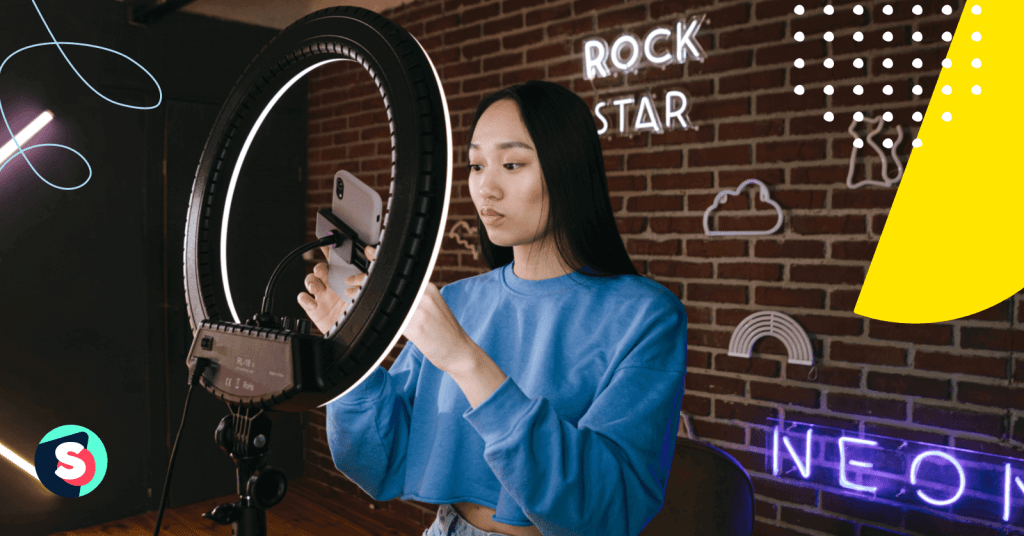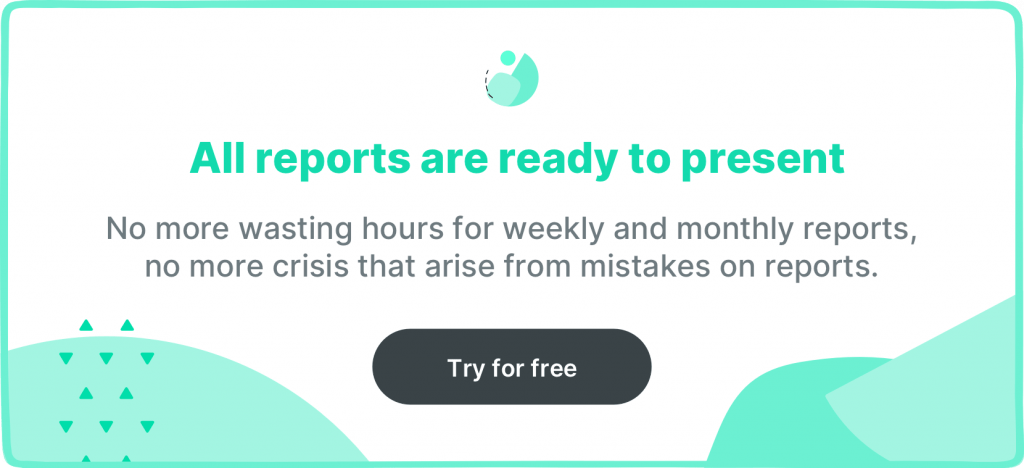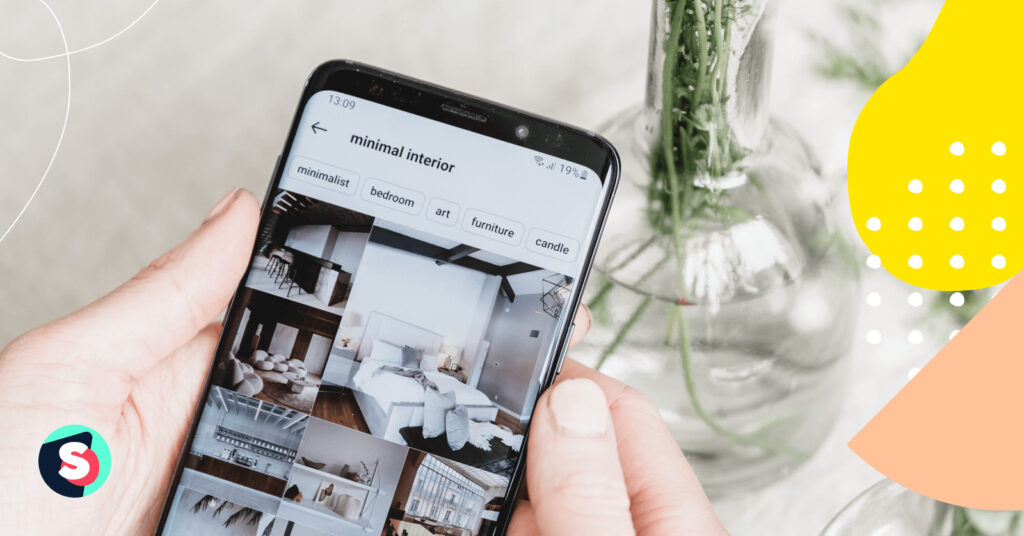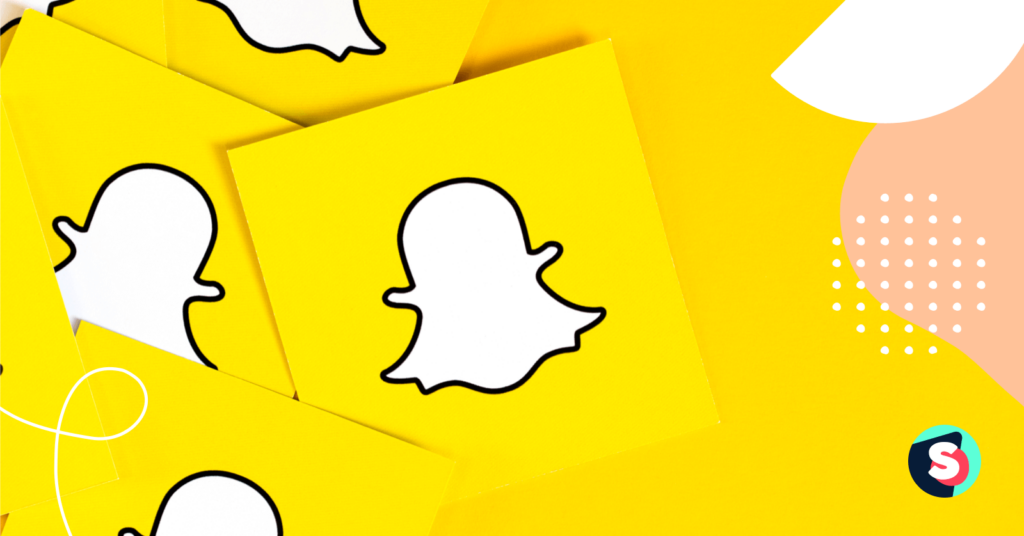Summarize this article via
An influencer is a social media user who has a significant audience and works with brands to create awareness. Influencers assist companies in influencer marketing. In a nutshell, they help you reach out to new audiences, build awareness and establish trust with your target audiences. Through a successful influencer marketing campaign, you should be able to generate more sales/more leads to your business and boost traffic to your website. Hopefully, both in the long run and the short run.
The industry is on track to be worth up to $15 billion by 2022, according to Business Insider Intelligence. And how about influencers themselves? Well, it’s a wild, wild world. I’ve found this article on influencers being called out for controversies and weird behaviors in 2019. And yes it is absurd! There is even an influencer cat in the digital world! Not kidding. Nala Cat has over four million followers on Instagram, won a Guinness World Record, was named TikToker of the Year at the 2019 Shorty Awards, regularly makes deals with brands to post sponsored content, and has now launched her own line of cat food.

2020 is not going to be any different. So let’s quickly learn about types of influencers, some of the social media influencer marketing platforms available to help you in your marketing efforts, types of influencer marketing campaigns, and the steps to follow in order to achieve a successful influencer marketing strategy.
Today, businesses in every industry leverage their influencer marketing budgets. Approximately 86% of marketers used the strategy in 2017, 39% of marketers increased their influencer marketing budgets in 2018 and 92% found it useful. While influencer marketing is highly popular in the last few years, it is nothing new. A long-time example of an influencer marketing campaign can be that of Mandarin Oriental Hotel Groups. The award-winning advertising campaign which launched in 2000 (started before there were even social media!), simply and elegantly connects the Group’s well-recognized symbol – the fan – with international celebrities who regularly stay at the hotels and are true fans of Mandarin Oriental. Their fans include Kate Upton, Rami Malek, and Lucy Liu among others. Their relations with the hotel group are produced in the form of the website content, interview videos, social media posts, and more. They use celebrities as influencers, although there are many different types of influencers. Let’s check them out!
Types of influencers
Celebrities
These include movie stars, famous athletes, models, musicians, and other popular mainstream public figures. Such people are often become brand ambassadors or become the faces of the brands. They have massive reach on social media and they come with extreme price tags. However, targeting the right audience might be quite difficult when you collaborate with such influencers.
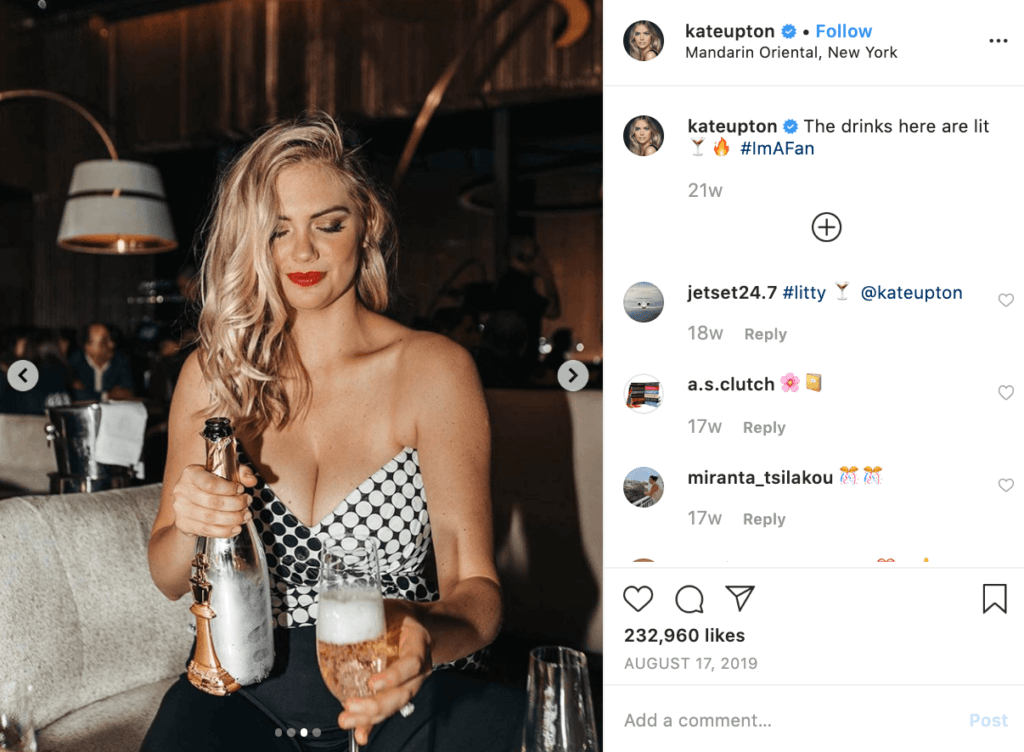
Journalists and thought leaders
Social media users follow thought leaders and journalists to learn about the latest developments and trends within their industries. Since they are entrepreneurs, top-level decision-makers, and respected figures; their followers are loyal and they look up to them. They follow their recommendations. Journalists and Thought Leaders can change the way people perceive a brand. Collaborating with them can have a huge impact on your reach, engagement, and most importantly, your reputation! You can check this “Ultimate list of digital marketing experts” list to get yourself familiar with some marketing leaders, and this one for the Top B2B Thought Leaders and Influencers of 2020!
Bloggers and vloggers
Bloggers are those who are dedicated to producing content for their blogs on a regular basis. While doing that, they are also very active on various social media platforms in order to promote their blog content. Because they share their voice on a blog, it is normal to say they have a highly engaged and loyal audience. Similar to bloggers, vloggers share their content in the form of videos, using YouTube and/or Vimeo.
If you are looking for a blogging platform but have not decided yet you can check out the best blogging platforms article to read a detailed comparison of them.
Micro-influencers
Micro-influencers usually have a few hundred thousand followers or even less. But, they have extremely engaged fan communities, and they are more likely to motivate a.k.a. ‘influence’ their followers to take the desired action. Never make your decision based solely on their follower count. Micro-influencers are a great way of expanding your campaign’s engagement without burning your budget. Check this article to learn how you can benefit from micro-influencers.
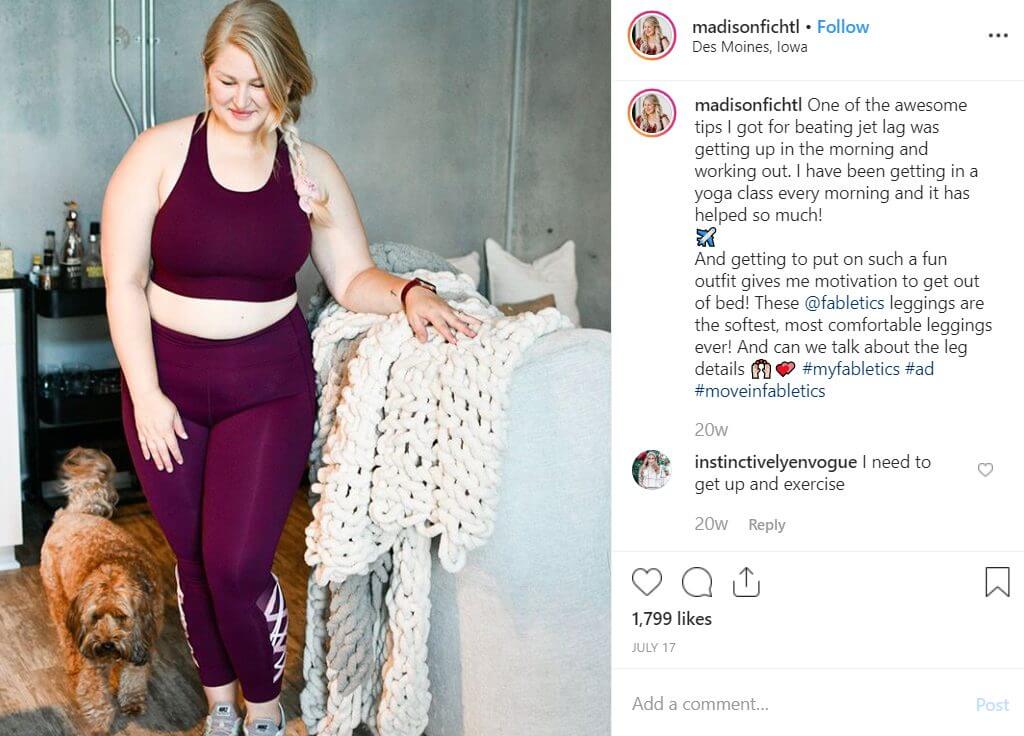
Evaluate the effectiveness of Fabletics micro-influencers and learn about the company’s campaign goals, combined results, ambassador program, and more here.
Nano-influencers
Like micro-influencers but even fewer followers. A few thousand is just enough to capture the attention. It can be the most popular girl in the neighborhood, this can come in handy for a beauty salon that just opened up, right?
A good example of a nano-influencer marketing campaign came from Dunkin last year. Dunkin’s influencer marketing campaign featured a variety of influencers with 50,000 followers and below. Their analysis showed nano-influencers generated higher engagement rates. The trend of smaller Instagrammers being able to leverage their attentive and intimate audiences is true in this case, and Dunkin’ succeeds in organically growing a support base for its coffee ambitions.
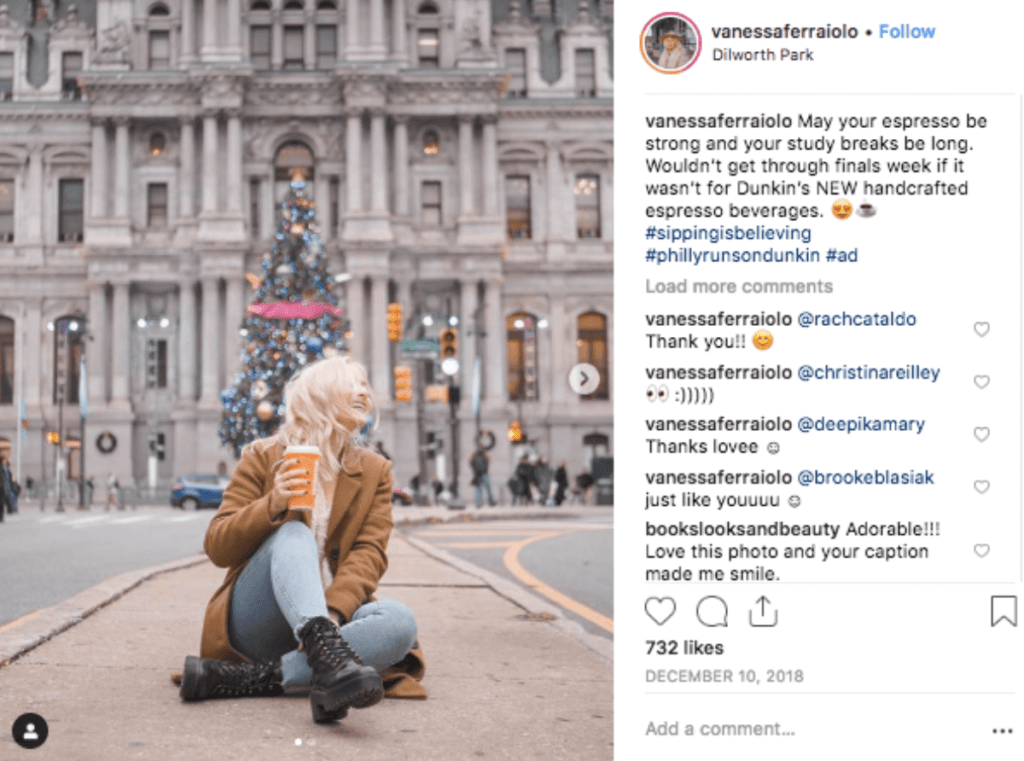
Vanessa Lace is one of the smallest nano-influencers in Dunkin’s campaign. She primarily posts fashion and lifestyle updates to her 3,000 followers and uploaded a single sponsored post for Dunkin’, featuring her drinking an espresso in her hometown, Philadelphia. Vanessa’s appeal to the typically coveted Millennial audience on Instagram is key for Dunkin’s attempts to challenge more established coffee brands. Read the full study here.
Social media influencer marketing platforms are available to help you out!
If only we had the time to go over all the influencers available on the ever-expanding digital space. But we didn’t. Instead; we have is Social Media Influencer Marketing Platforms. Here are the top ones to consider for your 2020 marketing efforts:
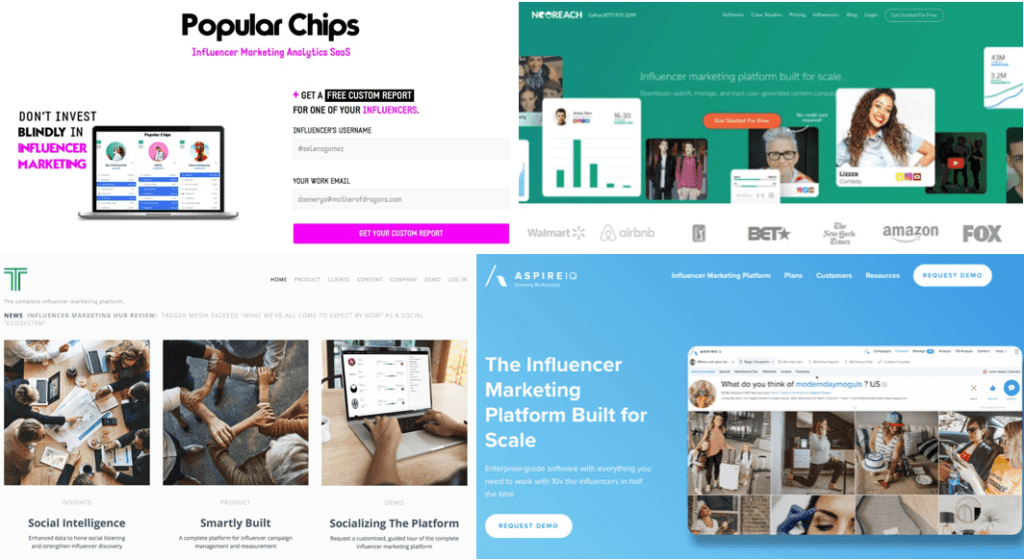
While using these tools to catch the most appropriate influencers out there for your brand, linking your social media account to Sociality.io will let you see the general growth of your followers in a period of time, maximum and minimum daily growth, distribution of your fans (such as females/males, languages, locations, and other activities), and many other points across Instagram, Facebook, and Twitter. With this handy tool, you will be able to see the big picture of whether or not your influencer marketing campaign really pays off. Click here and see for yourselves.
Types of influencer marketing campaigns
It is all about your imagination when it comes to marketing and content creation after all, but let me give some basic examples:
Discount codes and affiliate marketing
You can create unique discount codes and/or custom URLs in order to track ROI and compensate your influencer budget.
Competitions and giveaways
Contests as such are pretty fun and engaging depending on your brand/service/product of course. Not only do you drive engagement to your profile; you can also create a buzz among social media users. Depending on how creative and fun your content is, your content might as well become viral. You can ask people to tag other friends, like the posts, follow & share the content, or your account. You can even make people create their own original content.
Social media takeover
Personally, I like this one a lot as it seems to be the most ‘natural’ way, although it can be more expensive to execute. By signing up for a takeover, you let the influencer use your brand’s own IG, FB, Twitter, LinkedIn, or whatever social media channel you’d like, for an agreed period of time. Your selected influencer can create polls, questions & answers sessions, share selfies, meet up with fans for a cup of coffee while sharing this on your brand’s account, etc.
How to create an influencer marketing strategy & campaign
Be very clear about your campaign goals and make sure your influencer knows exactly what you’re looking for in return. Familiarize yourself with Social Media KPIs that are used to keep track of revenue, reach and overall ROI coming from your social accounts and if necessary, train your influencer so they also know what kind of different values they can bring to your campaign. Oh, and not to mention you should make your IG account a Business one. Learn more about how to make your Instagram a Business Account here!
Identify the right influencer and the right social media platform. Don’t forget that your influencer will be the public face of your brand on social media. Do your research wisely. Has he or she been involved in something you and/or your company does not want to be associated with? Has he/she worked with your competitor before? Never make your decision based on their follower count. Consider micro or nano-influencers as well. Don’t burn your budget just to have x amount of reach. Numbers are important but so is your budget and what you get in return.
Content is important and it should be organic. Have your posts deliver genuine value. Brief your influencer as much as possible regarding this subject. You want them to add their personal vibes into your campaign, that is the reason why you do Influencer Marketing. In the end, you choose that specific influencer because of his or her vibe, right? Her/his actions should be sincere and organic. However, it is crucial that influencers make it clear to their audience if the partnership is a paid collaboration.
Structure of your publishing calendar. Implement your influencer campaign across your other relevant/necessary social channels accordingly. Place your influencer marketing campaign at the heart of your marketing strategy.
Before your influencer’s post goes live, ensure their content is in harmony with your brand and your campaign’s goals. Review all the posts, images, videos prior to publication.
Track and measure pre, during, and post-campaign. Not just count the reach, likes, shares, comments, and whatnot, go to Google Analytics and analyze your website traffic coming from your influencer’s social accounts.
Well, that’s a wrap. If you are to dive into the world of influencer marketing, we wish you the best! Share your thoughts and any experiences you’ve had with influencers in the comments section below. Till next time!
You may also consider Instagram takeover to liven your business’s Instagram account with collaborating with influencers.


